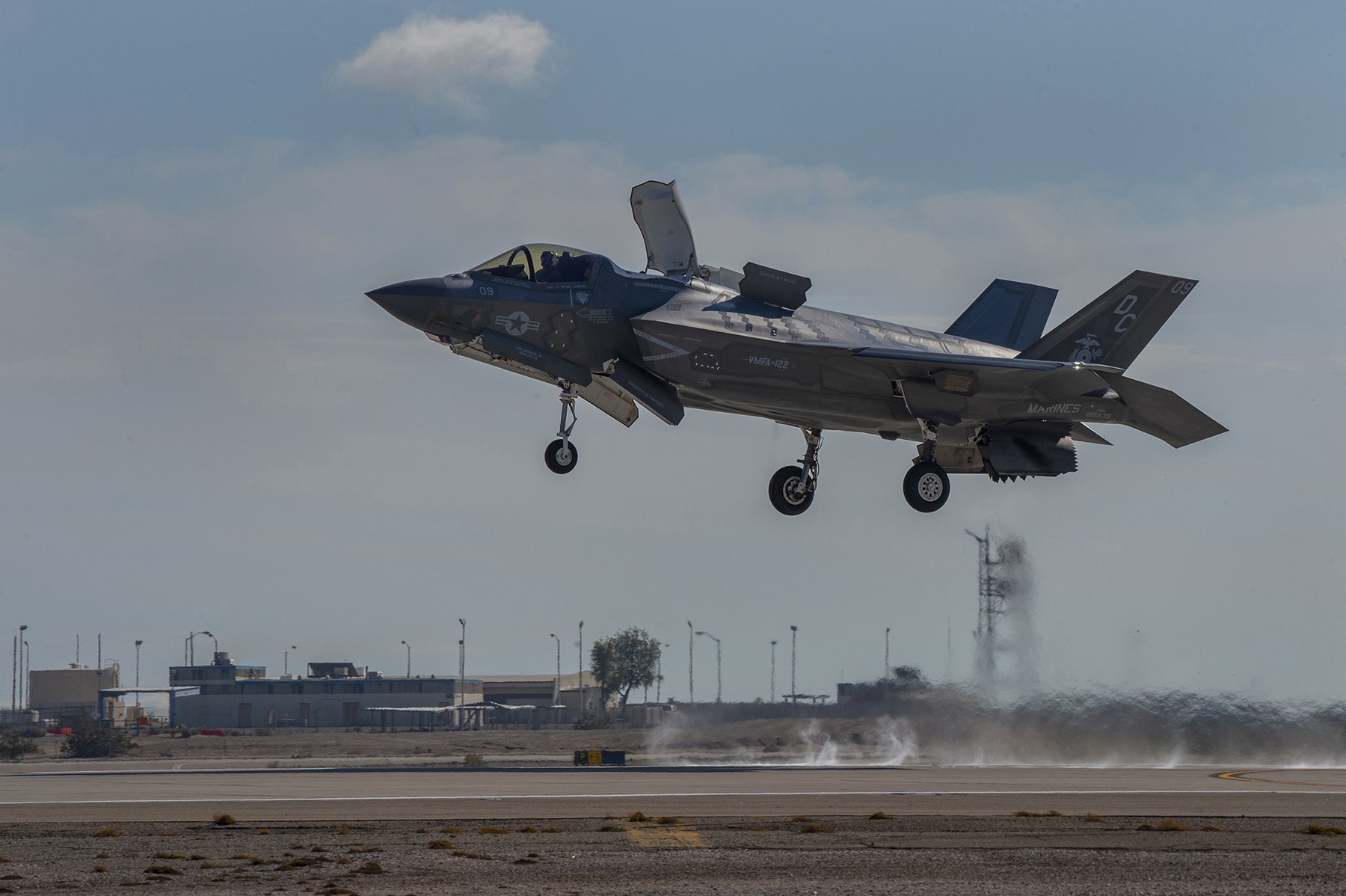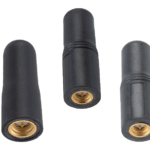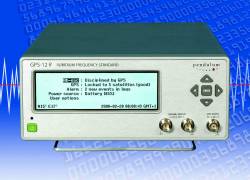A portable differential GPS-based precision landing system that guides aircraft in to spot landings in all weather, challenging terrain and surfaces conditions proved itself in a rapid set-up demo before military officials of five countries recently. A Raytheon team set up the company’s Joint Precision Approach and Landing System (JPALS) in less than an hour on a small footprint and promptly brought in multiple F-35Cs, long-range stealth strike fighters, to the same designated runway landing point every time over the course of six different approaches.
The system enables strategic air operation from remote locations in to harsh, low-visibility environments on short notice, whether for military or humanitarian purposes.
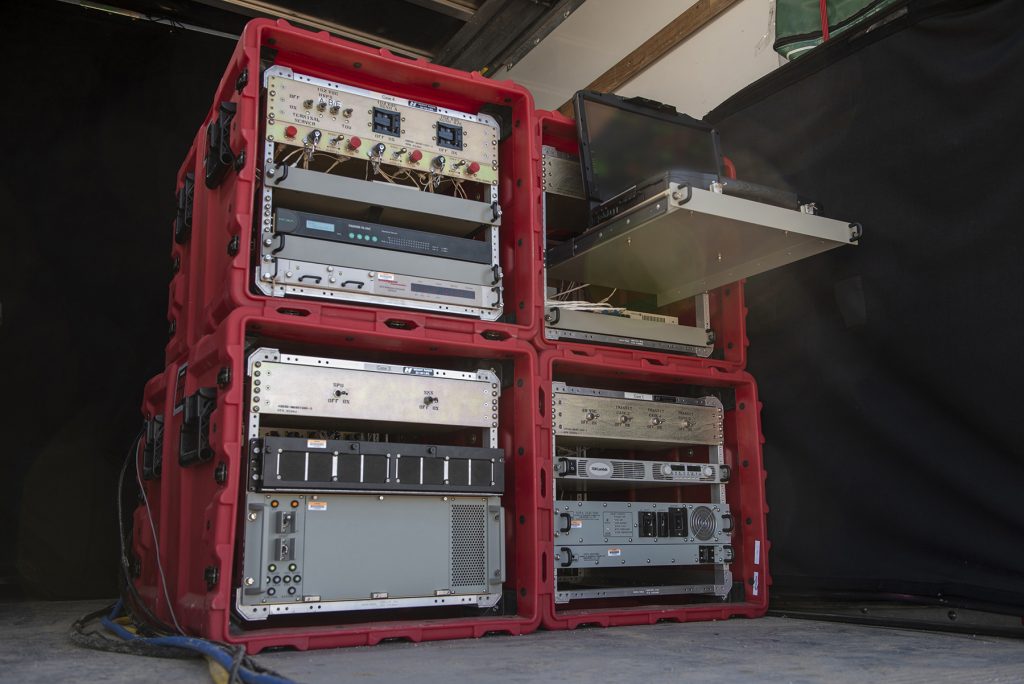
Contained in four hardened cases, it can be parachuted or driven into rugged isolated areas and quickly set up to bring in suitably-equipped fixed or rotary-wing aircraft. In addition, it carries an encrypted, jam-proof datalink connecting to software on the aircraft’s mission computer and an array of GPS sensors, as well as land-based mast-mounted antennas and rack-mounted avionics. Unlike radar, JPALS does emit a long-range signal, enabling operation without detection for much improved location security.
“The entire system was fully operational in 70 minutes on Day One and 50 minutes on Day Two,” said Matt Gilligan, vice president at Raytheon’s Intelligence, Information and Services business. This was Raytheon’s second event this year showing how F-35s can use a reconfigured mobile version of JPALS to support landings in austere environments. Demonstrations last year had showed its capability aboard aircraft carriers at sea, in conditions up to the rough waters of Sea State 5, meaning 2.5 to 4-meter waves.
In development since 2008, the system went into full production this year. According to U.S. DOD JPALS documentation circa 2014, the requirements of shipboard landing include vertical accuracy on the order of 0.3 meters, and the requirement for the vertical protection level is 1.1 meters.
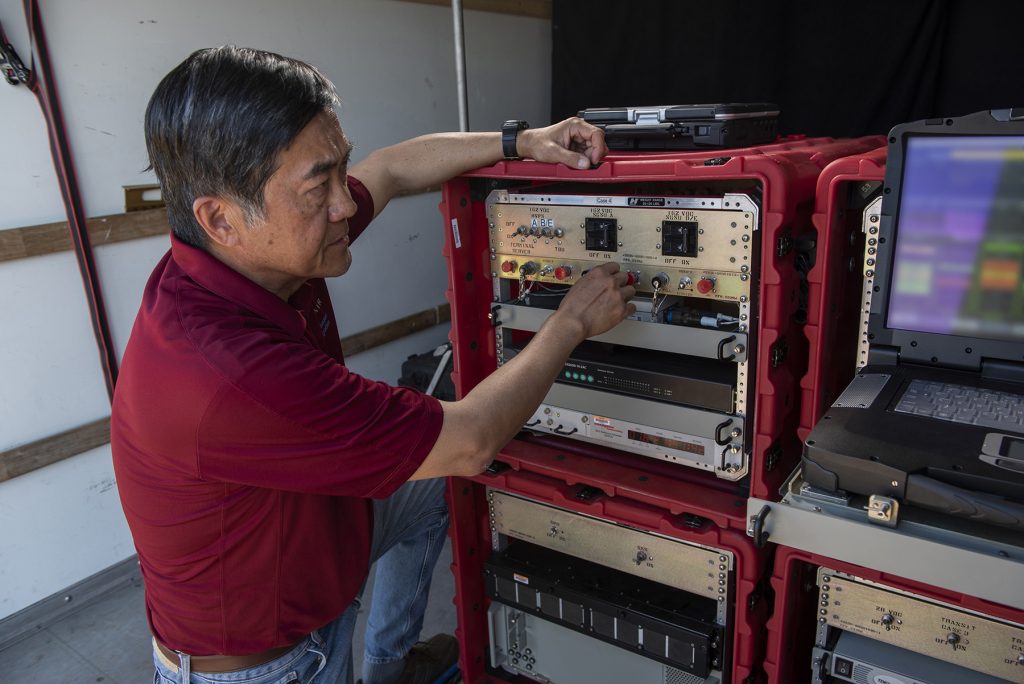
“If a disaster were to strike in an isolated area with little infrastructure and just a dirt runway, the Air Force, using Expeditionary JPALS, could rapidly be on the ground, providing humanitarian relief within an hour of arrival,” said retired Air Force Col. JW Watkins, a former fighter pilot now with Raytheon corporate business development. “This capability can help provide emergency relief in the aftermath of a disastrous event, getting people food, water, shelter and medicine to those who need it.”
It also brings key military strategic capability. The Air Force and other services—all four branches of the U.S. military and reps from Japan, United Kingdom, The Netherlands, and Italy observed the recent test in Patuxent, Maryland—could deploy Expeditionary JPALS to counter sudden threats in remote locations. This version of the system could simultaneously control up to 50 airplanes out to a radius of 20 nautical miles.
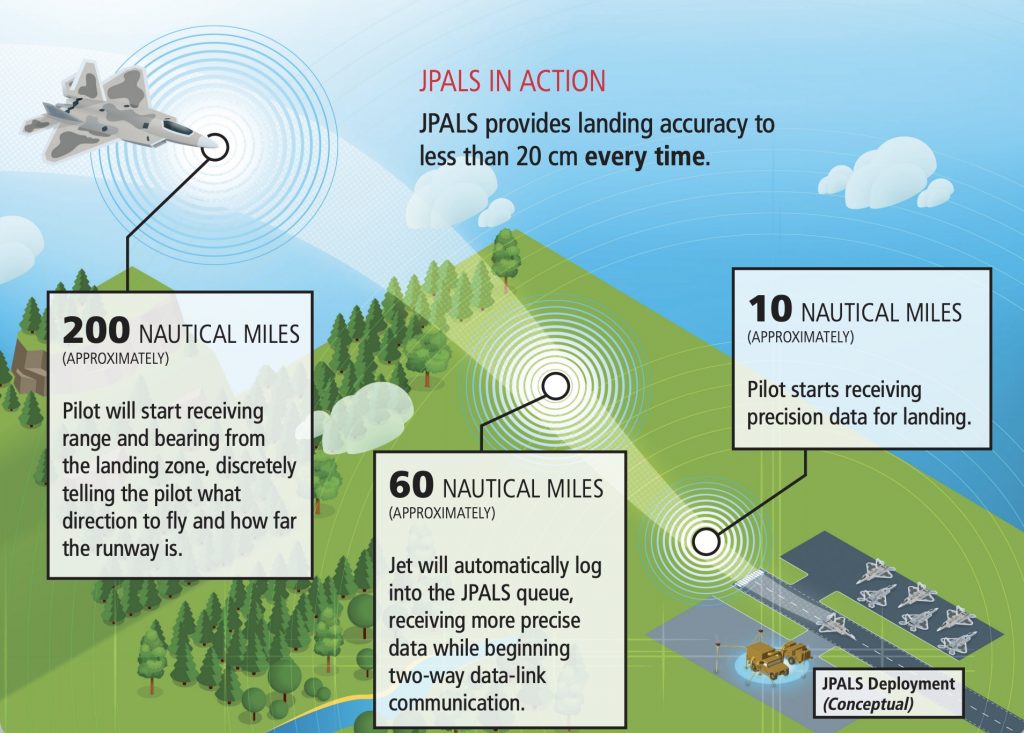
As the threat from missiles to large main bases in well-known locations around the world has grown, the Air Force seeks dispersed operations and adaptive basing strategies. Expeditionary JPALS, mobile and flexible, constitutes part of that effort. Commanders could dispatch a contingency response group by airdrop or land to establish a bare-bones base, with advance troops, air traffic controllers and critical personnel and equipment. Since it takes less than an hour to set up JPALS, strategic attack, supply or extraction aircraft could promptly follow.
“Not all approaches are simple, straight-in approaches where you drive a single heading into an airfield and land,” Watkins said. “Sometimes, based on the terrain, like mountains, you’re going to need to fly a curved approach or a multi-segmented approach. JPALS allows you to do that.”
“JPALS has the potential of ensuring a pilot’s safety in places where radars find it difficult to operate,” said Michelle Patrick, Raytheon director of navigation and landing systems, “like highly mountainous terrain or desert sandstorms.”
JPALS is currently installed on the F-35A and F-35C Joint Strike Fighter. The unmanned MQ-25A Stingray, a drone designed for inflight refueling to airborne fighters, extending their range and operation times, is also tagged to receive the equipment. Test flying of the Stingray is scheduled for this year.
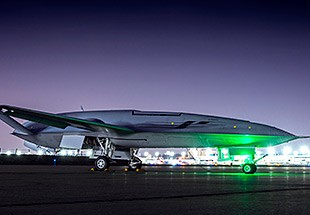
M-Code Receivers:In August of this year, Raytheon received security certification for new GPS modules and receivers from the GPS Directorate. The new modules and receivers give military aircraft, ships, ground vehicles and weapon systems secure and reliable access to modernized GPS.
Raytheon’s military-code common GPS module was certified, along with its ground-based GPS receiver, or GB-GRAM, and the avionics GPS receiver, or GRAM-S/M. GB-GRAM and GRAM S/M are jointly developed with Trimble Inc., while General Dynamics provides cryptographic capabilities for the modules.
The JPALS demo at Patuxnet did not incorporate the new M-Code modules; current-generation military GPS user equipment was employed. JPALS will be modified once M-Code comes on line.

